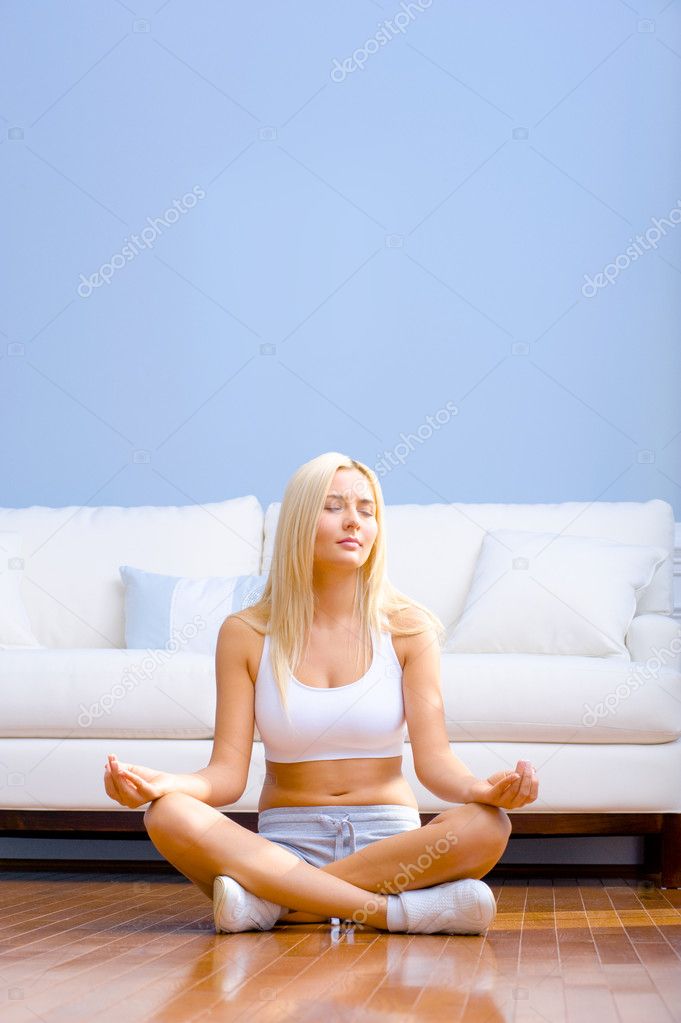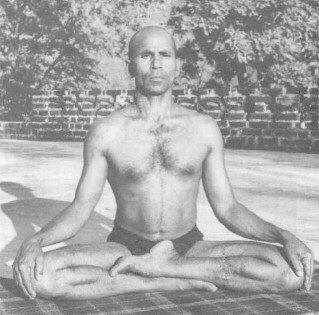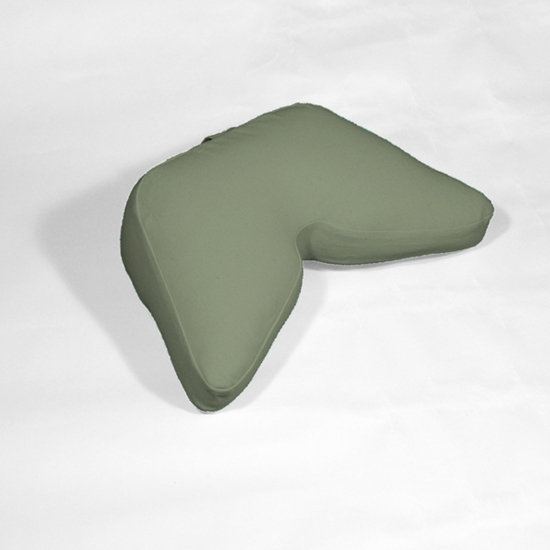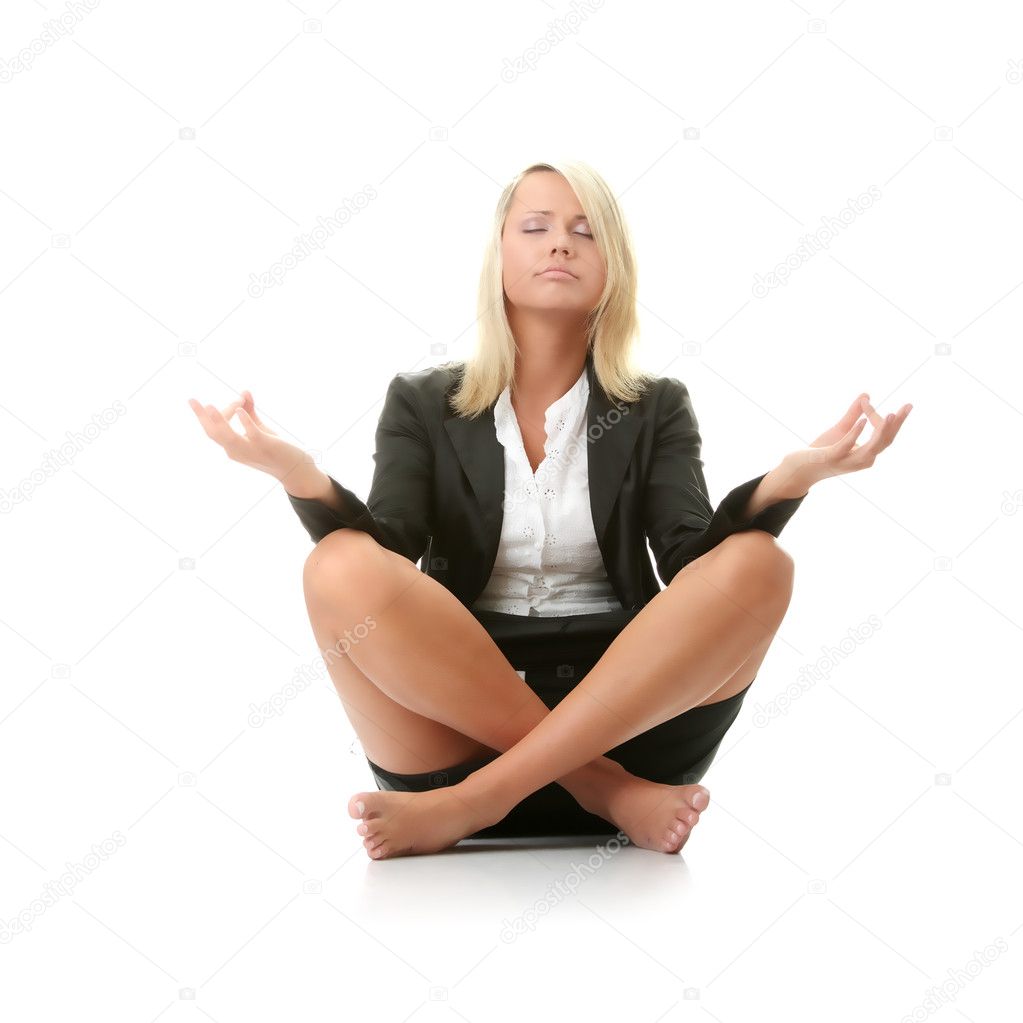Do you really need a cushion to meditate?
Well...that depends on your posture.
Take a look at these pictures:
Now take a look at these ones:
Notice the difference in posture between the two sets of pictures.
Which one do you look like when you sit?
If you look at stock photos of meditation, photographs of models, not meditators, and compare them to photographs of experienced meditators, you will notice a difference. One look at the pictures of the models will show you the tell-tale knees sticking up in the air. This is a position that just cannot be sustained for long, and you just know they are going to get out of the position as soon as the camera clicks! If you look at pictures of yogis and other experienced meditators, or even just people from cultures where sitting crosslegged is the norm (such as India), you will notice their knees are down, their legs are flat along the ground and they look more relaxed and comfortable.
But so what? Why is posture so important in meditation? It’s very simple. For most people, especially beginning meditators, “emptying” your mind, or keeping it focused is hard enough, given our propensity for “mind-chatter”, without physical discomfort intruding onto your consciousness and disrupting your meditation.
Most people are not flexible enough to be able to sit comfortably
in the cross-legged or half-lotus position (let alone the lotus
position!). A common phenomenon in people
who are not used to sitting crosslegged, such as most people in Western
cultures who are more used to sitting in chairs, is that we have tight hip
rotator muscles. Because our hips are not open enough, when we try to sit flat
on the floor without a cushion, we sit with our knees sticking up in the air with
all of the pressure concentrated on our tailbones. Ouch!
So we end up with an aching back, a sore butt, painful
knees, tired legs that shake, feet that fall asleep, and overall fatigue that
makes us sit in a slump, cutting off the free flow off our breath. No wonder so
many people are antsy and restless while meditating, constantly shifting around
trying to find a comfortable position, too distracted by their bodies to be
able to focus.
And this is where the Cosmic Cushion comes in. The Cosmic
Cushion is designed to help compensate for the tight hip rotator muscles
commonly found in people with less flexibility and those who are more used to chair sitting.
It is designed to help us reproduce the posture that comes natural to yogis and
experienced meditators, and to eliminate the most common discomforts associated with sitting meditation. These particular design elements are the sloping wedge-shaped
profile of the cushion, the thigh supports and the heel cradle.
The built-in slope tilts your pelvis forward and helps you
settle into the natural S-curve of your spine at rest, allowing you to relax effortlessly
into an upright position rather than strain to maintain it. This upright position
lengthens the front of your torso and allows you to take deeper breaths more
easily, triggering the relaxation response.
The sloped design also bring your knees down to the floor
and allows your lower legs to lie flat along the floor, forming a stable base
of support, and the thigh supports support your legs instead of letting them
get tired, as they would if you sit with your knees up in the air.
The heel cradle allows you to bring your foot in close to
your body which helps your knees go down to the ground, which in turn helps you
sit in a stable position without your back getting tired and achey.
In short, the Cosmic Cushion enables you to sit much more
comfortably than sitting on a regular cushion such as the commonly used zafu, the traditional Zen meditation cushion – a flat cushion without thigh
supports that keeps your heels far away from your body – and a great deal more
comfortably than sitting on no cushion at all. It enables you to sit like
someone who has years of meditation behind them! And sitting in comfort means
you are less distracted by your body so you can sit longer and go deeper into
your meditation.
So do you really need to have a meditation cushion in order
to meditate? No, of course not. What you need most of all, is the will to
create a practice and stick to it. But a good meditation cushion like the
Cosmic Cushion can help your practice immeasurably. It can make the difference
between a shallow, distracted experience – or even a meditation practice that
is embarked upon enthusiastically and then abandoned on account of discomfort – and
a deep, profound and regular meditation practice.
So if the tool is available, why not use it?
Try it out and let us know what you think!
And now, for your viewing pleasure, just because these two stock photos are especially priceless...
:)











